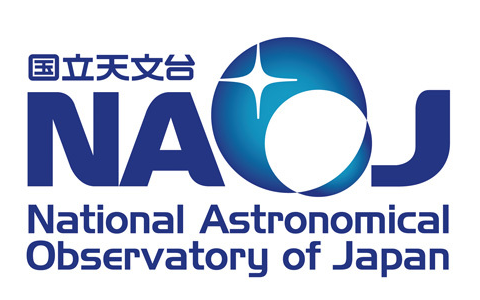HR3126 is very young compared to our Sun, only 50 million years old. Our Sun is 4.6 billion years old. And yet, HR3126 is five times more massive, allowing the star to burn hydrogen quicker and become a red giant faster than the Sun.

What happens when an ancient dying red-giant clashes with a shredded companion star? Presenting here the “Cosmic Jug"!
Astronomers recently captured this rare structure using NSF NOIRLab’s Gemini South telescope. The image is that of a reflection nebula, nicknamed Toby Jug Nebula, resembling the shape of an old style English jug.
The glowing nebula, officially known as IC 2220, is located roughly 1200 light-years away from earth, in the direction of the constellation Carina. The nebula has a double-looped or bipolar cloud of gas and dust and is lit up by a red-giant star, HR3126, at its centre. Astronomers think that the structure is unique to ageing red-giant stars that will soon end to become planetary nebulae.
As the stellar giant HR3126 began to grow bigger and bigger, its atmosphere began to expand, causing the star to shed its outer layers. The material that got thrown away flowed into the nearby area forming the double-looped structure. The structure also began reflecting light from the central star. By carefully studying the nebula in infrared light, researchers found the exact chemical compound that was reflecting the light from HR3126 - silica dioxide (silica).
Astronomers find it extremely challenging to study the final stages of red giants because they occur within a brief period of time. Not only that, researchers suggest that it is very rare that any cosmic structures form around the star in such a short time.
This discovery is important because it helps study the evolution and end stages of low to intermediate mass stars in detail. The finding also shows the cosmic structures that form during this process. In theory, researchers think that this structure is a result of the clash between the red giant and a companion binary star.
Astronomers are yet to find the buddy star. However, they saw a tiny disk of material around HR3126 suggesting that the cosy friend might have been shredded into a disk – and this process created the surrounding nebula seen by the Gemini South telescope.
Image: A glowing pair of nearly similar loops of dust and gas mark the death throes of an ancient red-giant star, as captured by Gemini South, one half of the International Gemini Observatory, operated by NSF’s NOIRLab. Credits: International Gemini Observatory/NOIRLab/NSF/AURA Image processing: T.A. Rector (University of Alaska Anchorage/NSF’s NOIRLab), J. Miller (Gemini Observatory/NSF’s NOIRLab), M. Rodriguez (Gemini Observatory/NSF’s NOIRLab), M. Zamani (NSF’s NOIRLab)




















